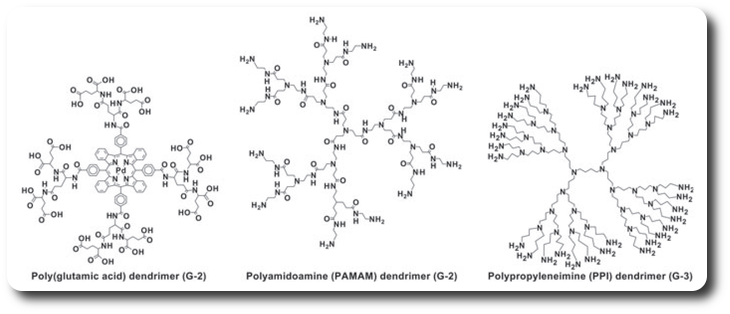Research Interests
The research in my lab focuses on the development and application of computational chemistry techniques to solve interesting problems that exist at the interface of chemistry, biology, and medicine. I currently have four main areas of interest: 1. Examination of structure, dynamics, and mechanism. Specifically, this focuses on two main areas; examination of antibiotic and inhibitor resistance mechanisms with hybrid quantum mechanical and molecular mechanical (QM/MM) methods and elucidation of carbohydrate structure and dynamics as related to energy production. This includes the development of new simulation and analysis techniques with a primarily focuses on multi-scale modeling methods, techniques for computing free energies of enzymatically catalyzed reactions, and methods for probing the normal modes of complex systems.
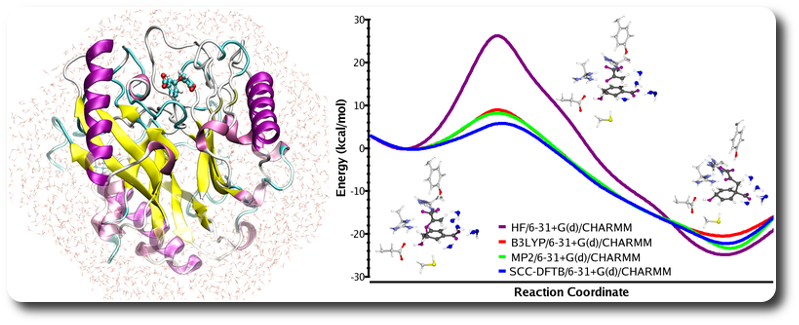
- H. Lee Woodcock, Milan Hodoscek, Paul Sherwood, Yong S. Lee, Henry F. Schaefer III, and Bernard R. Brooks; Exploring the QM/MM Replica Path
Method: A Pathway Optimization of the Chorismate to Prephenate Claisen Rearrangement Catalyzed by Chorismate; Theor. Chem. Acc. 2003; 109(3);
140-148.
- H. Lee Woodcock, Milan Hodosceck, Andrew T.B. Gilbert, Peter M.W. Gill, H.F. Schaefer, Bernard R. Brooks; Interfacing CHARMM and Q-Chem to
perform QM/MM and QM/MM reaction pathway calculations. J. Comp. Chem.; 2007; 28(9); 1485-1502.
- H. Lee Woodcock, Milan Hodosceck, B. R. Brooks; Exploring SCC-DFTB Paths for Mapping QM/MM Reaction Mechanisms; J. Phys. Chem. A;
2007; 111(26); 5720-5728.
- H. Lee Woodcock, R. W. Pastor, A. D. MacKerell, B. R. Brooks; Ab initio modeling of glycosyl torsions and anomeric effects in a model
carbohydrate : 2-Ethoxy Tetrahydropyran. Biophys. J.; 2007; 93(1); 1-10.
- H. Lee Woodcock, B. R. Brooks, R. W. Pastor; Pathways and populations: Stereo-electronic insights into the exocyclic torsion of
5-hydroxy-methyl-tetrahydropyran. J. Am. Chem. Soc.; 2008; 130(20); 6345-6347.
2. Development and application of computer aided drug design techniques. I am interested in applying my expertise in protein structure-function to the development of novel inhibitors targeted towards problems ranging from cancer to antibiotic design. Additionally, I would like to extend current drug design strategies to take advantage of more advanced techniques from computational chemistry (i.e. QM/MM, normal mode analysis, etc.).
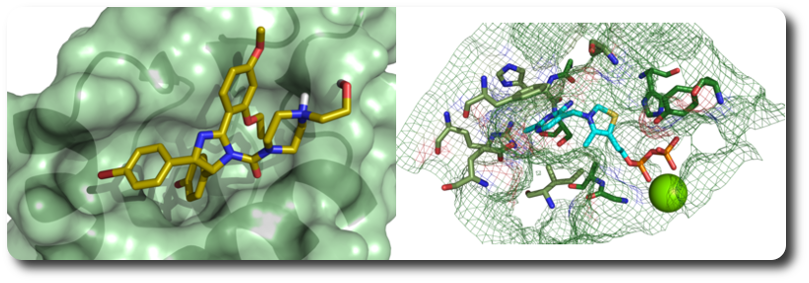
3. Application of computational chemistry to understand bio-organic, organic, and organo-metallic chemistry. Specifically, I am interested in exploring structure and stability as they relate to the detailed physical orbital picture. This is an essential part of understanding the physical world and gives experimental scientists the insight they need to explore new chemistry.
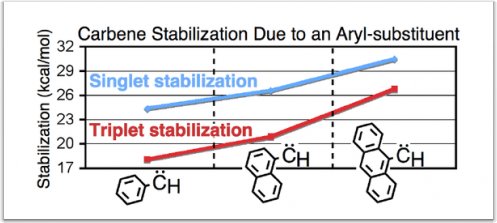
- H. Lee Woodcock, Damian Moran, Paul v.R. Schleyer, H.F. Schaefer; Carbene Stabilization by Aryl Substitudents. Is Bigger Better? J. Am. Chem. Soc.; 2007; 129(12); 3763-3770.
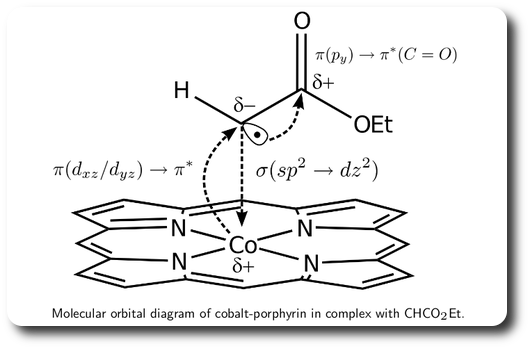
- Jonathan L. Belof, Christian R. Cioce, X. Peter Zhang, Brian Space and H. Lee Woodcock*; Characterization of a New Class of Tunable Radical Metal-Carbene Intermediates. Proc. Nat. Acad. Sci.; To be Submitted, 2010.
4. Design and characterization of dendrimers, hyperbranched polymertic molecules composed of monomers that radiate from a central core, as related to novel applications in biomedical engineering. There is currently significant exploration of dendrimers as agents for drug delivery, however, we plan to explore alternative applications for these interesting and unique systems.
